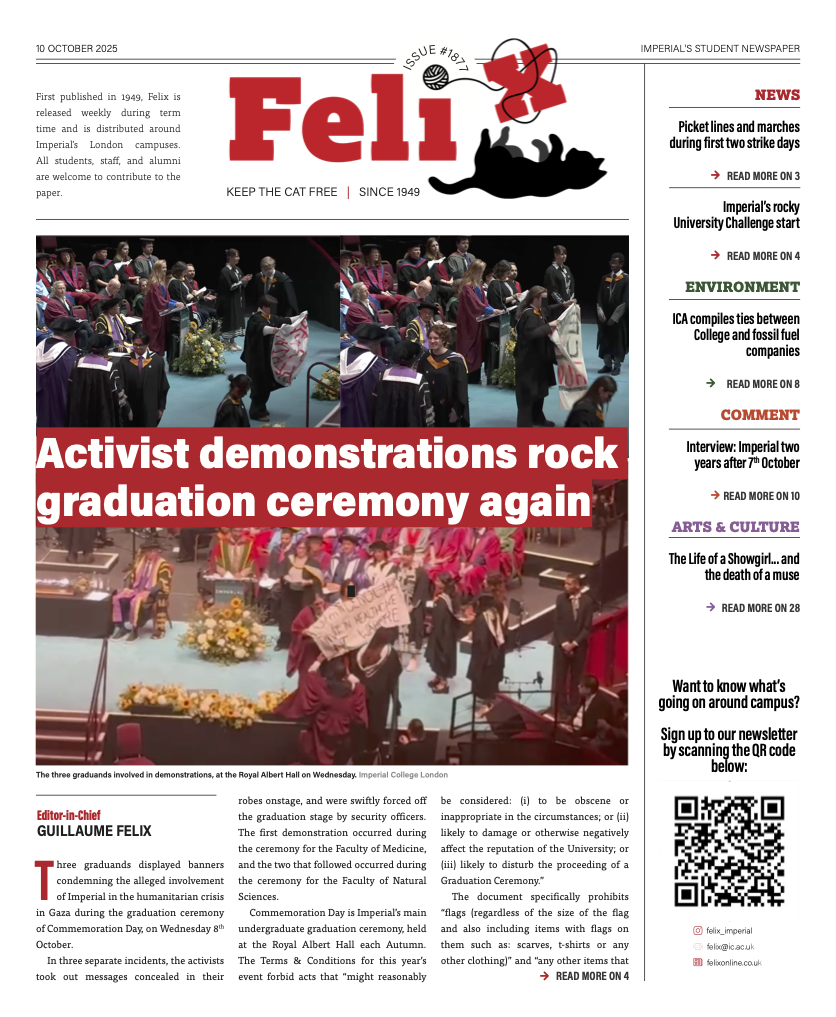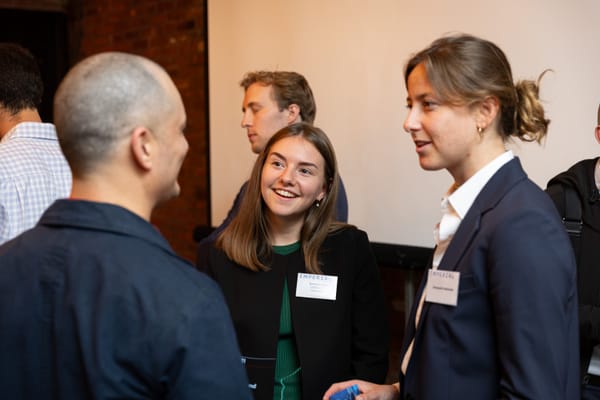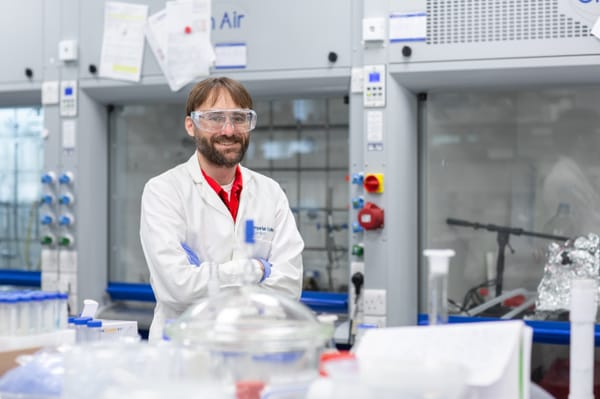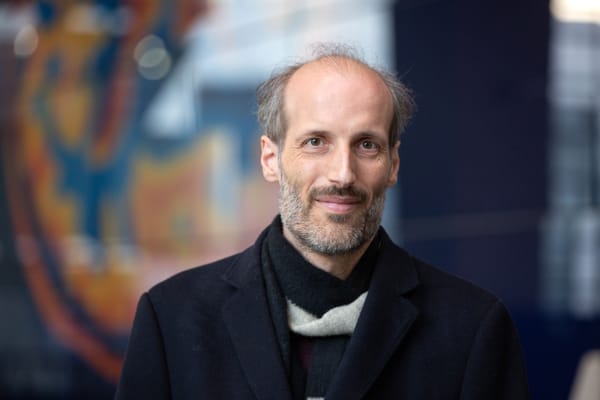Royal Society awards Copley Medal to Imperial Professor Sir John Pendry
The award recognizes Pendry’s extensive work with metamaterials and transformation optics
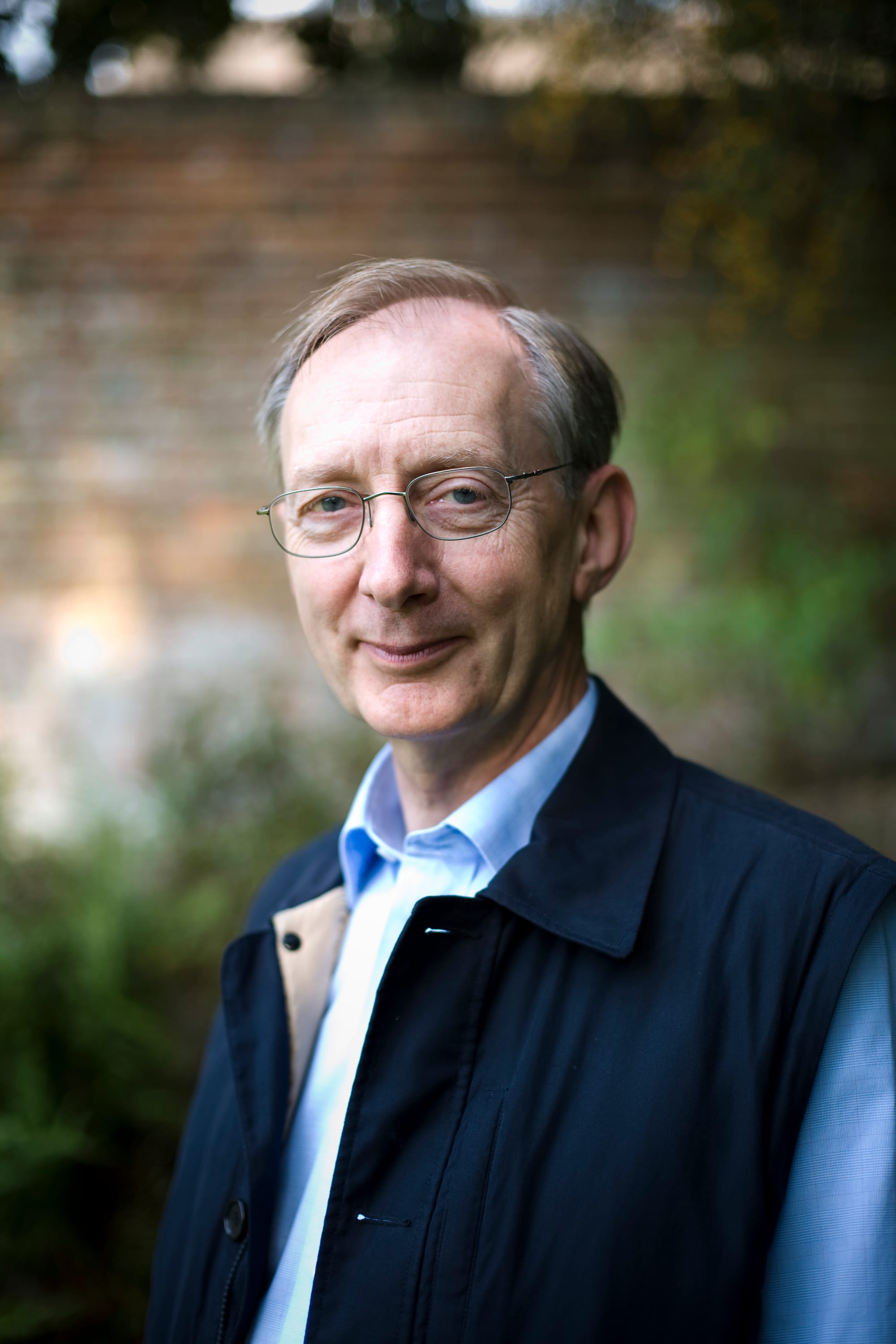
Imperial’s Professor Sir John Pendry, FRS, was awarded the Royal Society’s oldest medal, the Copley Medal, this past August. The Copley Medal recognizes “sustained, outstanding achievements in any field of science.”
“It’s a great honor, and it’s an honor I share with the [other] people who received it,” said Pendry. “I’m in good company.”
Notable winners of the Copley Medal include Albert Einstein, Dorothy Hodgkin, and Stephen Hawking. Coincidentally, Hawking was in one of Pendry’s postgraduate lectures at Cambridge, in which Professor Paul Dirac taught quantum mechanics.
The Royal Society recognizes Pendry’s extensive work on metamaterials, “that represent the greatest advance in electromagnetism since Faraday and Maxwell.”
“If you’re going to make something or do something useful, you have to make it out of a material,” said Pendry in the opening of his Dean’s Lecture at Imperial College London last February. “As far as light and electromagnetism generally is concerned, there is actually a shortage of the sorts of materials that we may want to have.”
Conventional materials derive their properties from the atoms that make them up. Metamaterials, on the other hand, derive their properties from their constituent units, which can be engineered for specific purposes.
“The idea of metamaterials is that you engineer a property using geometry, rather than chemistry,” said Pendry, explaining that the number of elements in the periodic table imposes a limit on what materials can be engineered. “By adding the dimension of geometry, which is almost limitless, you can do much, much more.”
A notable moment in Pendry’s career came when he was invited to give a lecture at a Defense Advancement Research Projects Agency (DARPA) in San Antonio, Texas in 2005 regarding metamaterials and transformation optics. Transformation optics are concerned with using metamaterials to control light and other electromagnetic waves.
“At the end, I wrote down a formula and I said, ‘By the way, if you make a material according to this formula, you can make a cloak of invisibility,’ and I sat down,” Pendry recalled with a laugh. “It caused a storm in the room, it really did.”
Pendry intended to create a grand challenge to see who could create an invisibility cloak, which Professor David Smith’s team at Duke was able to engineer using metamaterials in six months.
Pendry further explored transformation optics in the field of microscopy. “It’s a real problem in microscopy, that if you try to see things with light, the drawing it makes for you is as if the pen had a finite width, so it can’t reproduce things smaller than about half a micron,” explained Pendry. “That’s a darn nuisance for biologists because living cells start to be interesting at half a micron.”
Conventional lenses have a resolution limit, known as Abbe’s law, which limits how small of an object can be seen with a microscope. Pendry, building on Victor Veselago’s hypothesis of negative diffraction, showed that the limit could be overcome, thus creating a so-called perfect lens.
“I initially got into a lot of trouble, because people thought, ‘Who’s this guy Pendry? He hasn’t worked in optics for very long. What does he know about Abbe’s Law?’,” said Pendry. “Turns out I was right, so they can put that in their pipe and smoke it.”
Imperial Professor Richard Syms, FREng, is using metamaterials to increase an MRI scan’s sensitivity. Metasonixx, a company in Bristol, has developed sonoblind panels which use metamaterials to act as an acoustic barrier and have been particularly useful in busy hospital wards.
Pendry’s work, similar to the applications of metamaterials, has spanned many different aspects of theoretical physics.
“If you do MRI experiments, then you’ve got a big, expensive machine, and you’ve got to stay in that. You can’t say, ‘Oh well, let’s put that in the attic and do something else,’” said Pendry.
However, theoretical physicists can change focus quite easily. “I like to spread my net widely, and that’s deliberate,” said Pendry. “You travel light as a theorist.”
In the future, he hopes to build upon the concept of metamaterials. Beyond engineering materials in space, one could structure them in time, Pendry pointed out at the end of his Dean’s Lecture.
“I certainly have found [theoretical physics] to be one of the most delightful and fascinating subjects that I have come across,” said Pendry emphatically. “My retirement age is almost 20 years ago, alright, and I’m still working in theoretical physics because I love it.”


